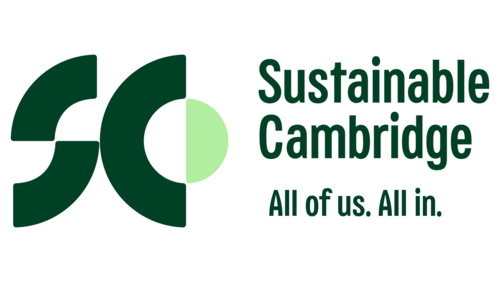In 2015, Cambridge adopted the first Net Zero Action Plan (NZAP) to serve as a roadmap for achieving carbon neutrality in buildings by 2050. The plan will be evaluated every 5 years to reflect on the successes and challenges of previously adopted strategies and change course based on current best practices, scientific understanding, and the needs identified through the update process. The overarching goals of the Net Zero Action Plan will remain to reduce greenhouse gas (GHG) emissions, improve energy efficiency, and support renewable energy development.
The first 5-year review process began in 2020 with the updated version of the NZAP adopted in January 2023. This updated plan retired some actions, added new actions and established SMART (Specific, Measurable, Achievable, Relevant, and Time-bound) goals for each action. Starting in 2025, the NZAP will be re-evaluated.
This page currently highlights the activity made during Fiscal Year 2025, which ran from July 1, 2024 through June 30, 2025.
Starting in Fiscal Year 2026, the Net Zero Action Plan will again be given a comprehensive review to understand the successes, challenges, and opportunities for changes to each action and activity. The City is committed to updating the NZAP every five years to ensure that the plan is responsive to new developments and keeps Cambridge on track for its climate goals.
Explore the page below to learn more about the parts of the NZAP, the Fiscal Year Update and its role in helping Cambridge achieve carbon neutrality. For more information, see the NZAP Project webpage.









